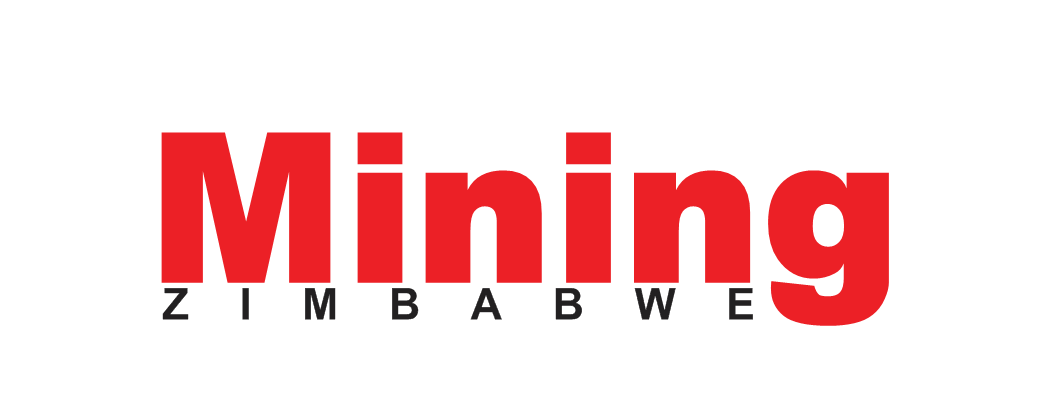Lafarge expansion project on course

LAFARGE Cement Zimbabwe says it continues to implement its US$25 million investment programme which will see the company completing the construction of a vertical cement mill (VCM) early next year.
As part of the US$25 million capital expenditure initiative, the cement producer in April this year launched its US$2,8 million Dry Mortars (DMO) project, a project expected to improve the firm’s manufacturing capacity of dry mortar products from 7 000 tonnes to 100 000 tonnes per annum.
At present, aggregate national demand for dry mortars is 100 000 tonnes, including imports from the region.
With the new plant, Lafarge is now able to meet the national demand and contribute to the country through import substitution, and thus saving millions in foreign currency.
The firm said the US$25 million capital expenditure project is a three-pronged investment plan now in its final phase of implementation.
This follows the successful installation of alternative power infrastructure in 2019 and the successful completion of the automated Dry Mortars Plant.
“The business continues with the implementation of the previously announced US$25 million capital expansion programme.
“The third investment project is the installation of the VCM, earmarked to double cement milling capacity.
“The supply contract was signed in August 2020 and the manufacturing of the plant commenced the following month,” said the company in a statement accompanying financial results for the year ended December 31, 2020.
“Civil works for the VCM have since started and expected completion date for the project is February 2022.”
In the outlook, Lafarge said the protracted impact of the Covid-19 pandemic on the business environment is anticipated to remain for the greater part of the year, given that 2021 began with yet another Covid-19-induced lockdown.
The firm, which is a subsidiary of Switzerland-based, Lafarge-Holcim Group, said the pandemic accelerated a number of trends globally that have also been seen in the Zimbabwean market.
In this context, the cement producer said it will continue to adapt its business strategy so as to thrive in the changing environment.
During the year under review, volumes in the Dry Mortars business grew by 115 percent compared to the prior year.
“This is attributed to the relaunch of the Supagrow and SupaFix range backed by active market sensitisation of the products which has led to wider product adoption.
“The gross profit margins grew by 12,4 percent to 60,6 percent (53,9 percent: 2019).
“The recognition and realisation of the RBZ (Reserve Bank of Zimbabwe) instruments improved the company’s overall operating costs through reduction of foreign currency exchange losses ZWL$336 million (2019: ZWL$3,5 billion),” it said.
A combination of revenue growth, reduced costs and reduction in foreign exchange losses resulted in the company turning an operating profit of $1,9 billion compared to prior year loss of $2,7 billion.
The firm’s net monetary position during the year under review remained favourable in inflation terms which resulted in an increase in the net monetary gain to $406 million (2019: $759 million) culminating in a profit for the year of $3,1 billion (2019: loss $3,5 billion).


